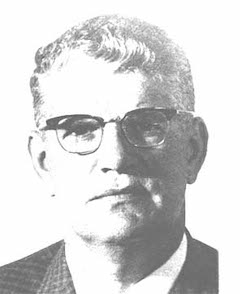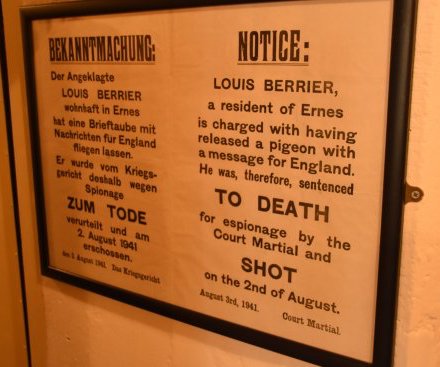We have this incident courtesy of Robert Plot’s 17th century The natural history of Stafford-shire; the date of the (attempted) execution is inferred from the text of the pardon as the Monday preceding the clemency of Saturday, Aug. 16:
Amongst the unusual accidents that have attended the female Sex in the course of their lives, I think I may also reckon the narrow escapes they have made from death … Yet much greater was the deliverance of one Margery Mousole of Arley in this County, who being convicted of killing her bastard child, was, much more justly than Ann Green at Oxford, accordingly condemned and executed at Stafford for it, where she was hanged by the neck the usual time that other Malefactors are, yet like Ann Green and Elizabeth the Servant of one Mrs. Cope of Oxford, she came to life again, as it has been much more common for women to doe in this case, than it has been for men: I suppose for the same reason that some Animals will live longer without Air, than others will, as was showen above; the juices of Women being more cold and viscid, and so more tenacious of the sensitive soul than those of men are. Which appear’d most wonderfully in the case of Judith de Balsham, temp. Hen. 3. who being convicted of receiving and concealing theeves, was condemned and hanged from 9 by the clock on Munday morning, till Sun-rising on Tuesday following, and yet escaped with life as appears by her pardon, which for its rarity I shall here receite verbatim.
Ex Rotulo Paten. de Anno Regni Regis Henrici tertii 48o. membr. 5a.
REX omnibus, &c. Salutem. Quia Inetta de Balsham pro receptamento latronum ei imposito nuper per considerationem Curie nostre suspendio adjudicata & ab hora nona diei Lune us?que post ortum Solis diei Martis sequen. suspensa, viva evasit, sicut ex testimonio fide dignorum accepimus. Nos divine charitatis intuitu pardonavimus eidem Inette sectam pacis nostre que ad nos pertinet pro receptamento predicto & firmam pacem nostram ei inde concedimus. In cujus, &c. Teste Rege apud Cantuar. XVI
o . die Augusti.Covenit cum Recordo Lau Halsted Deput. Algern. May mil.
How unwillingly the cold viscid juices part with the sensitive soule, appear’d, I say, most strangely in this case: unless we shall rather say she could not be hanged, upon account that the Larynx or upper part of her Wind-pipe was turned to bone, as Fallopius tells us he has sometimes found it, which possibly might be so strong, that the weight of her body could not compress it, as it happened in the case of a Swiss, who as I am told by the Reverend Mr. Obadiah Walker Master of University College, was attempted to be hanged no less than 13 times, yet lived notwithstanding, by the benefit of his Wind-pipe, that after his death was found to be turned to a bone: which yet is still wonderfull, since the circulation of the blood must be stopt however, unless his veins and arteries were likewise turned to bone, or the rope not slipt close.
On this day..
- 979: Gero, Count of Alsleben
- 1853: Hans McFarlane and Helen Blackwood, married on the scaffold
- 1944: Eliga Brinson and Willie Smith, American rapists abroad
- 1869: Charles Orme, rambler
- 1849: Konrad Heilig and Gustav Tiedemann, Baden revolutionaries
- 1838: The slave Mary, the youngest executed by Missouri
- 1703: Tom Cook, Ordinary's pet
- 1908: Khudiram Bose, teenage martyr
- 1828: William Corder, for the Red Barn Murder
- 1916: Private Billy Nelson
- 1997: Zoleykhah Kadkhoda survives stoning
- 1978: Antonina Makarova, Nazi executioner

 In their day the Tupamaros managed to take a pound of flesh from their persecutors by kidnapping Mitrione as a hostage to the release of 150 political prisoners. Mitrione was executed when Uruguay refused the exchange, although in later years Tupamaros founder
In their day the Tupamaros managed to take a pound of flesh from their persecutors by kidnapping Mitrione as a hostage to the release of 150 political prisoners. Mitrione was executed when Uruguay refused the exchange, although in later years Tupamaros founder 
 The
The 